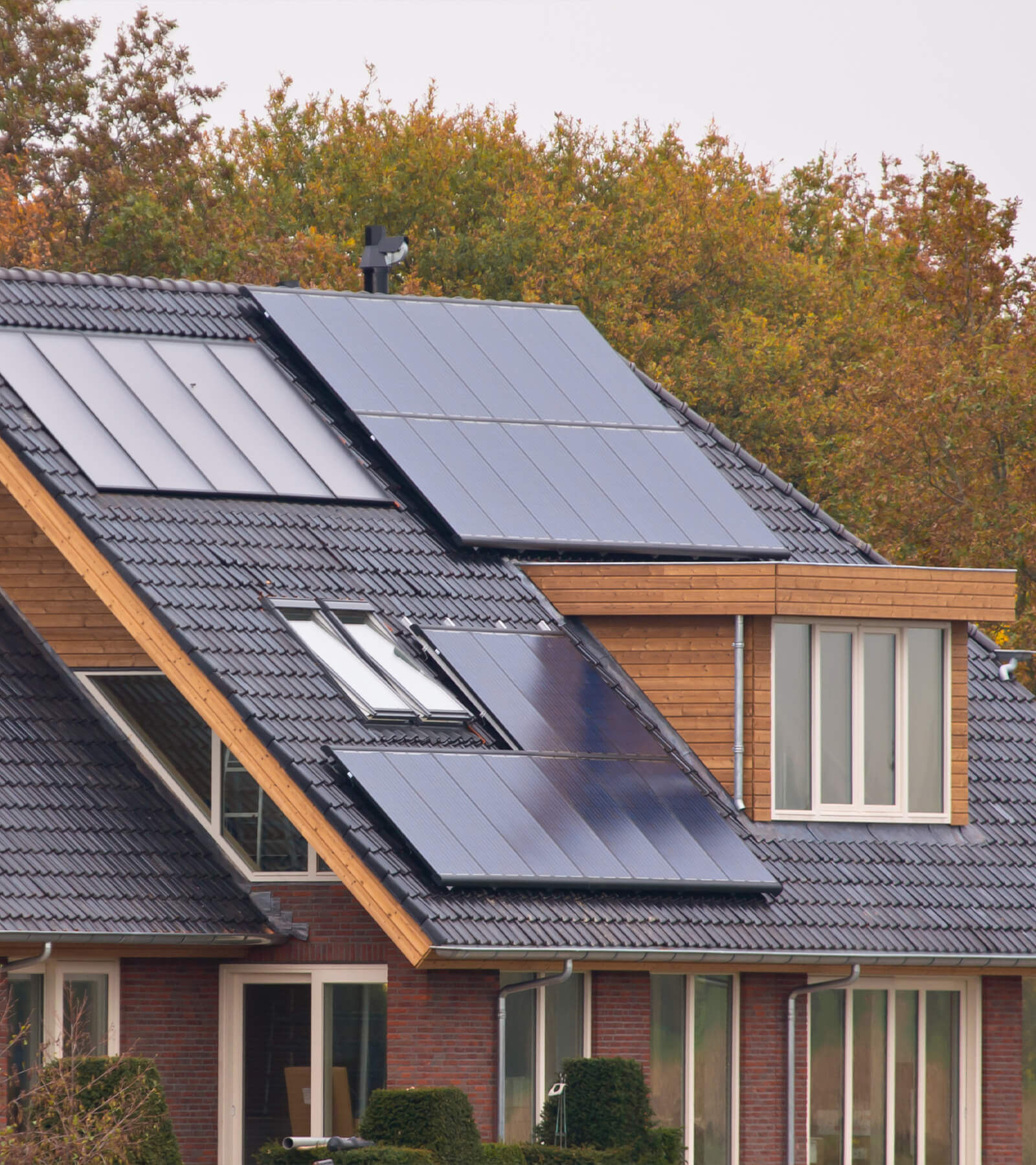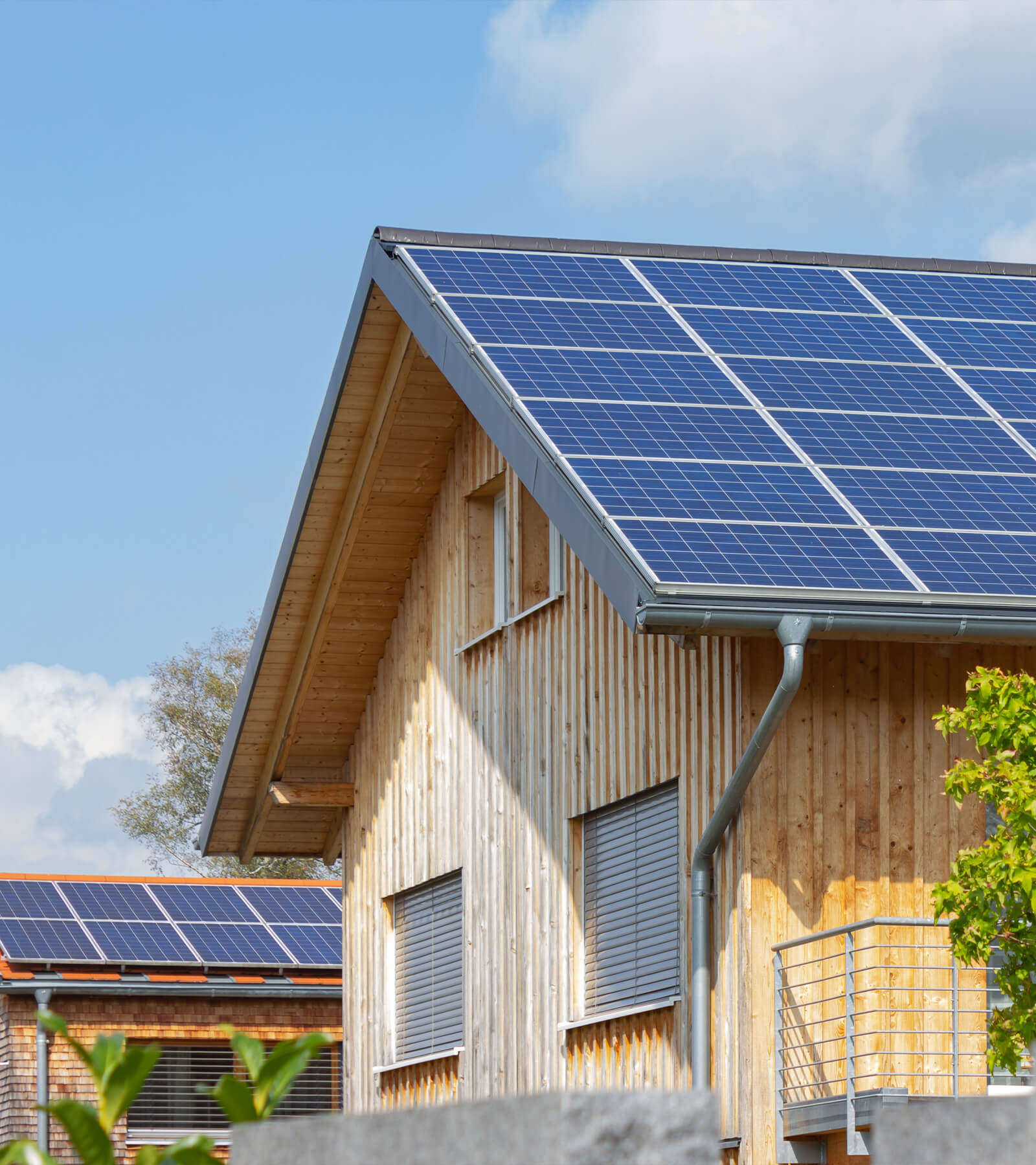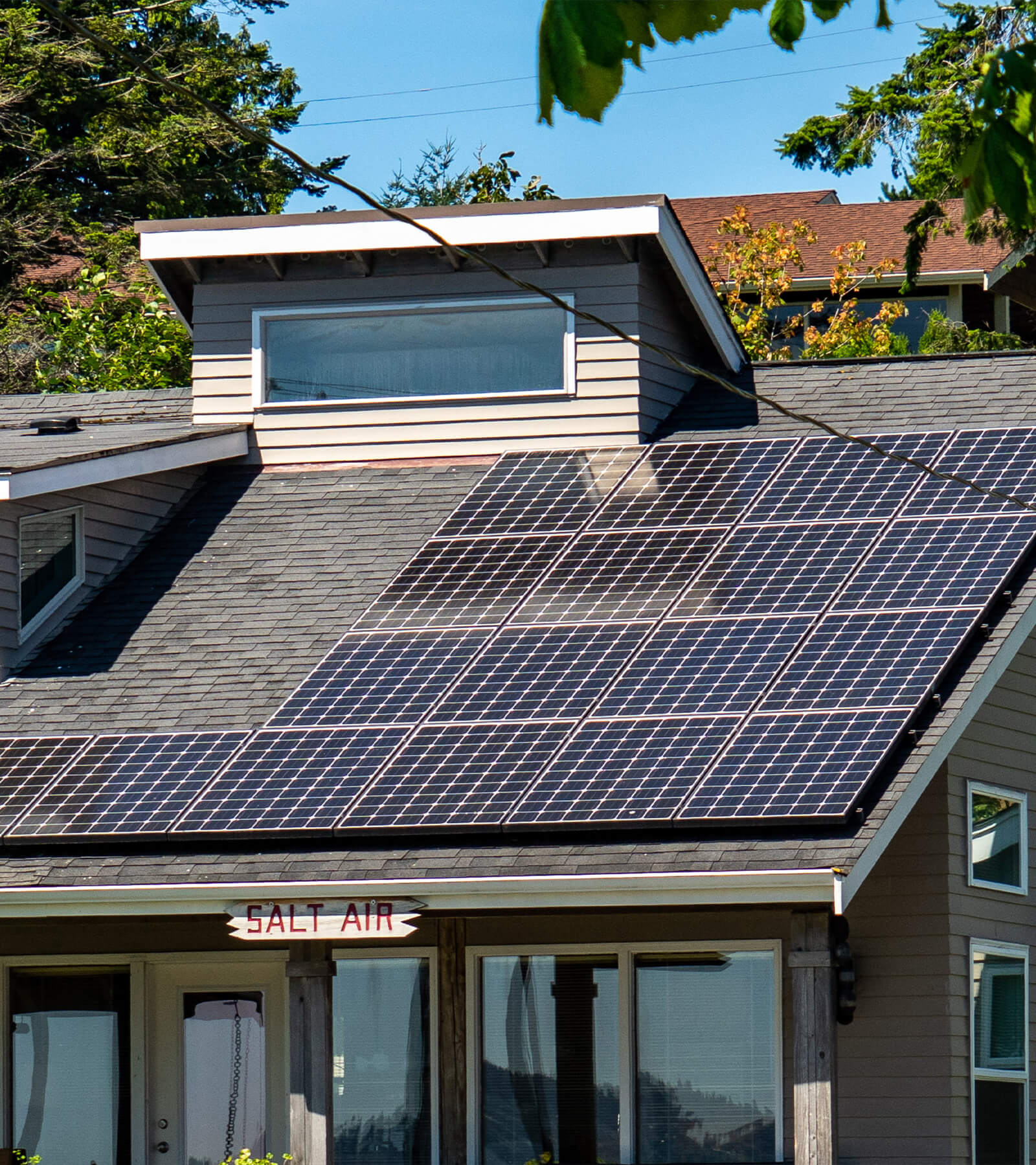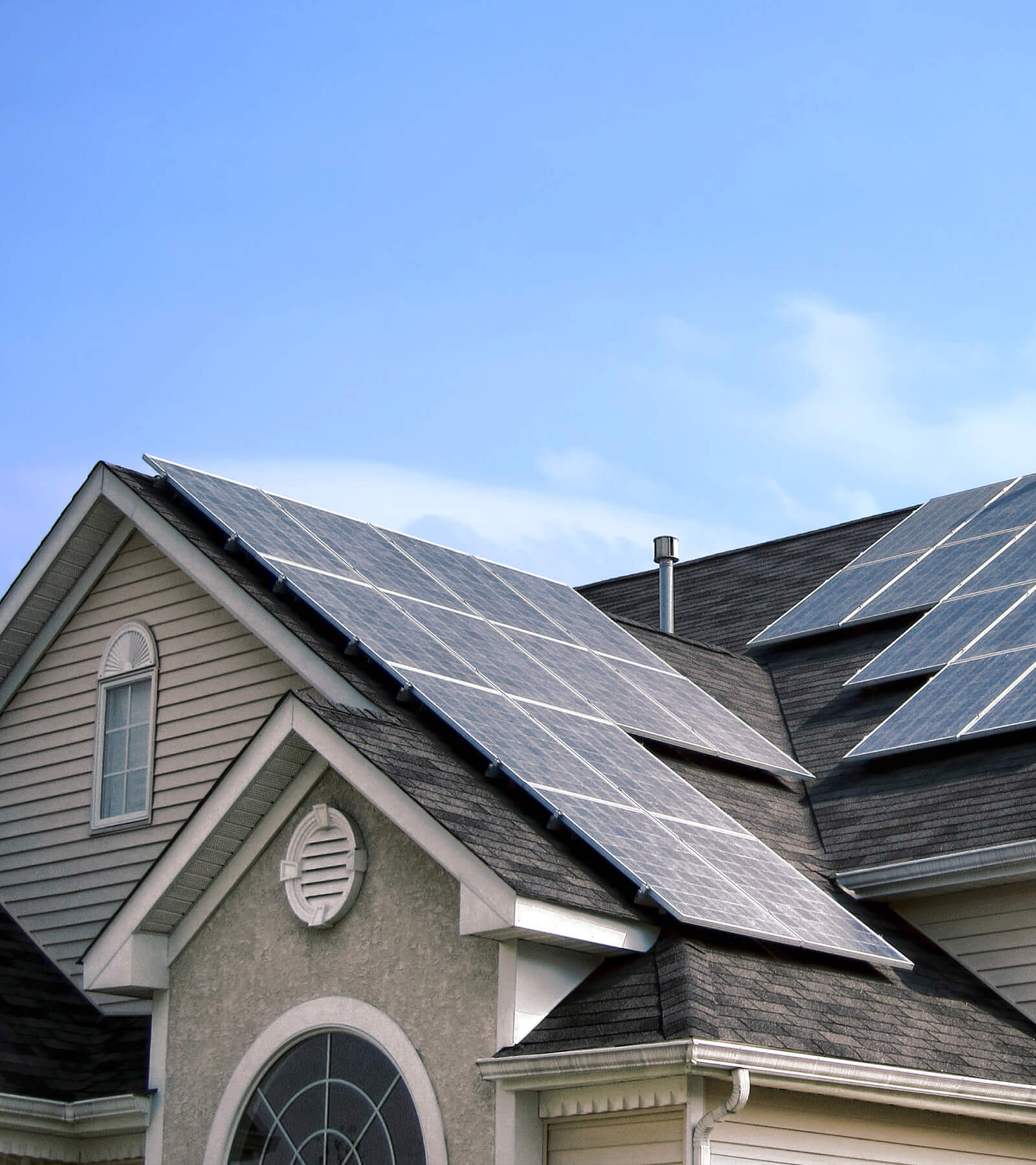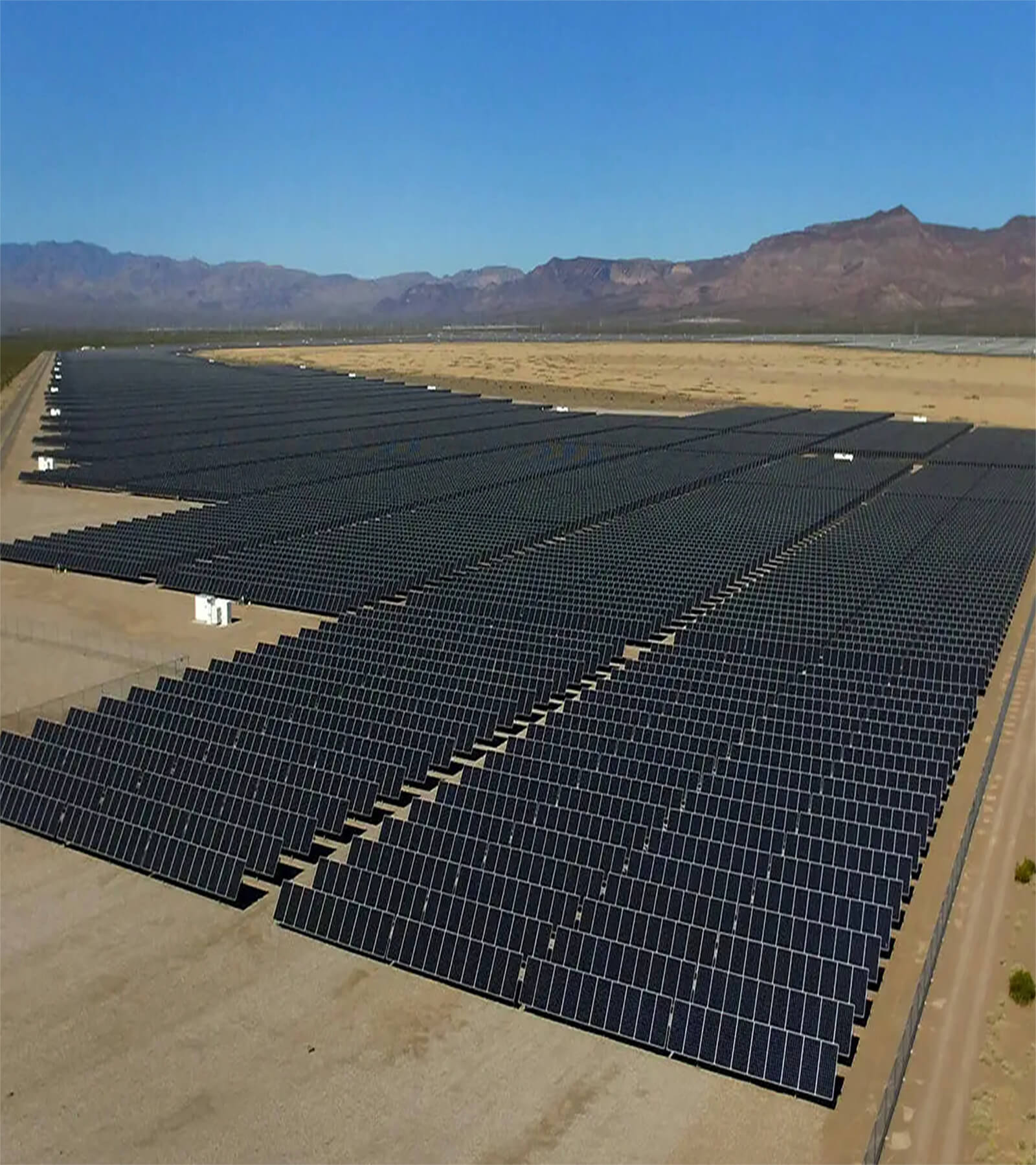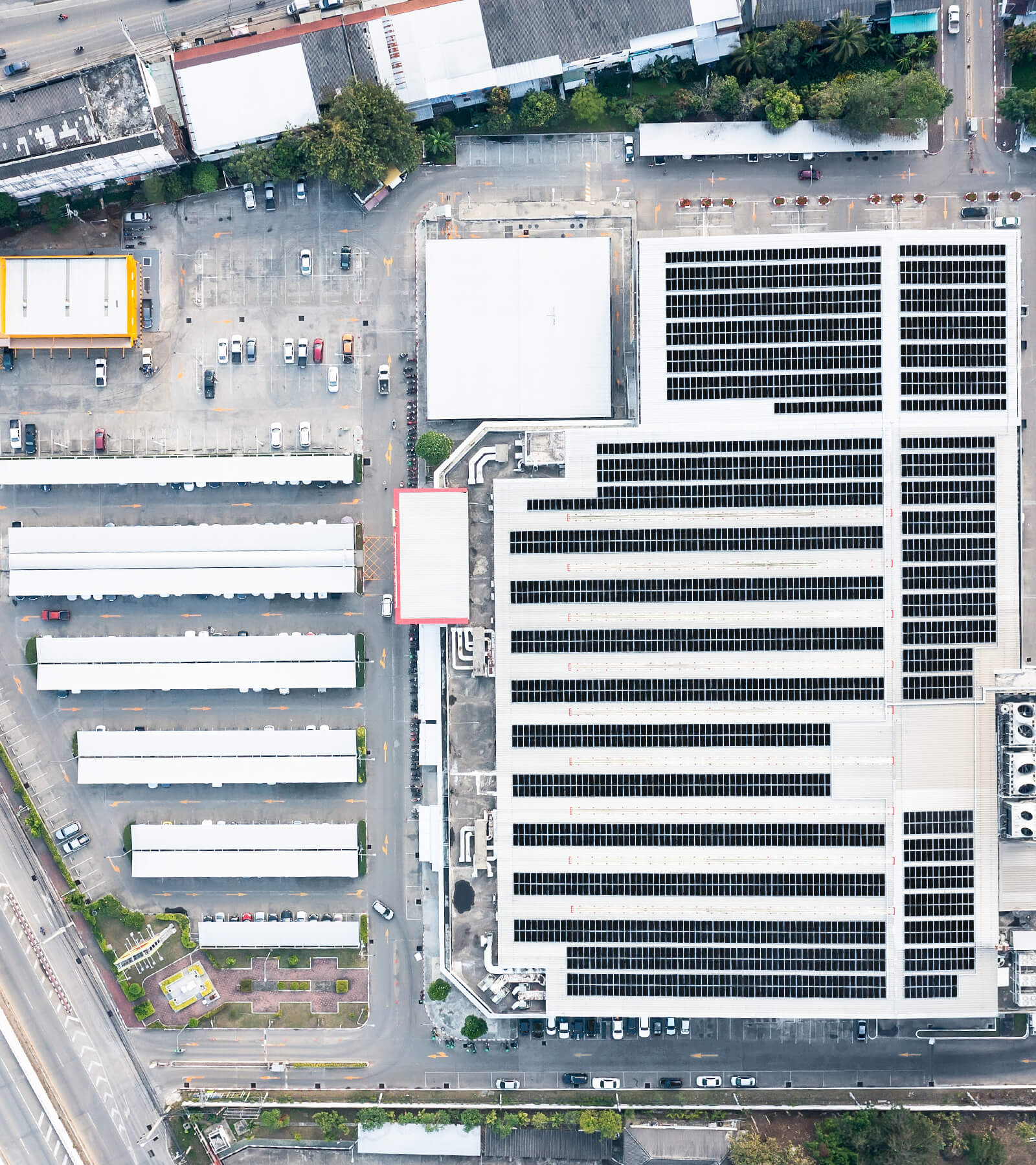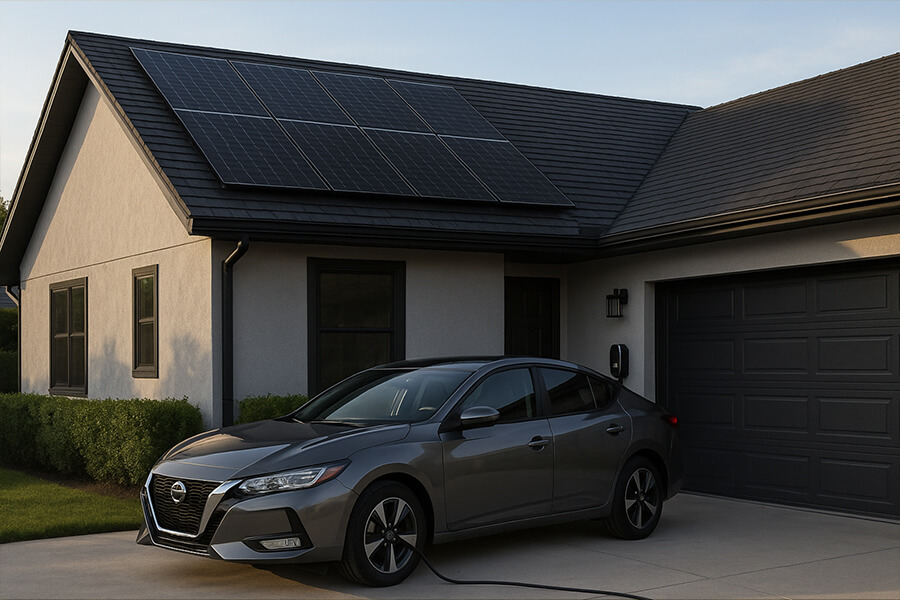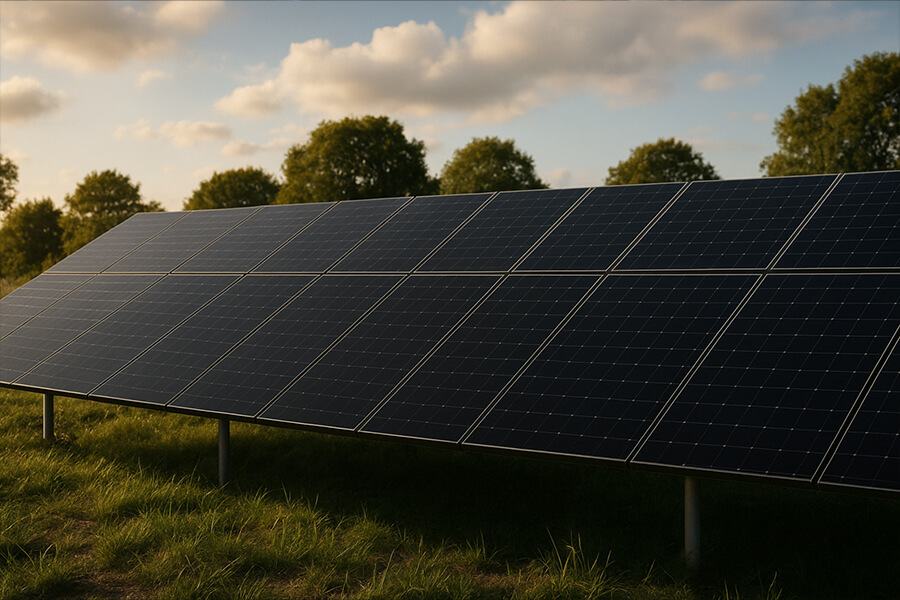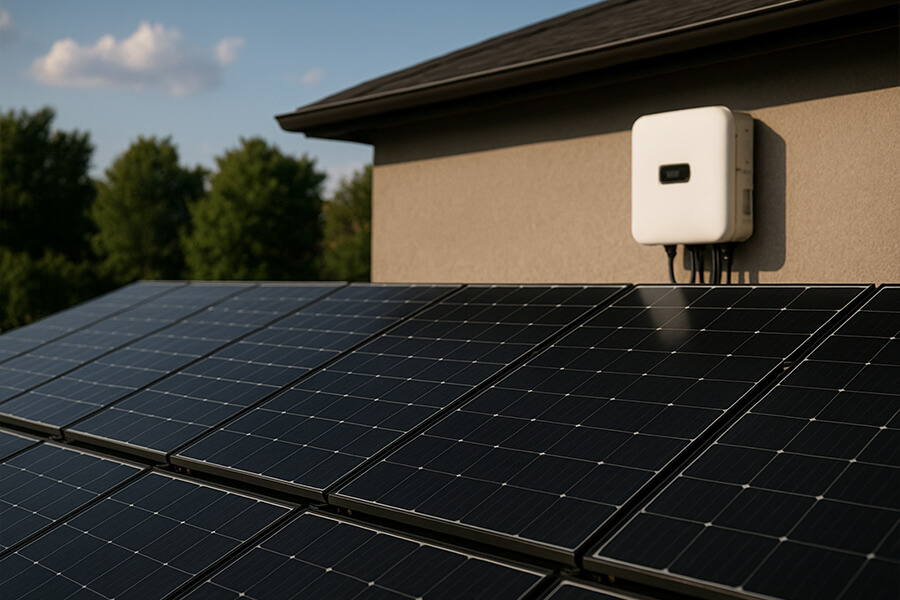Discover how a 16kW solar system paired with 20kWh battery storage capacity turns homes into energy fortresses—powering late-night Netflix binges, surviving blackouts like a superhero, and even keeping Swiss chalets cozy during -10°C winters. We’ll break down the science (with jokes), share real-world alpine-proof results, and explain why Maxbo Solar’s 2025 tech makes fossil fuels look like a sad campfire. Spoiler: The grid is officially optional.
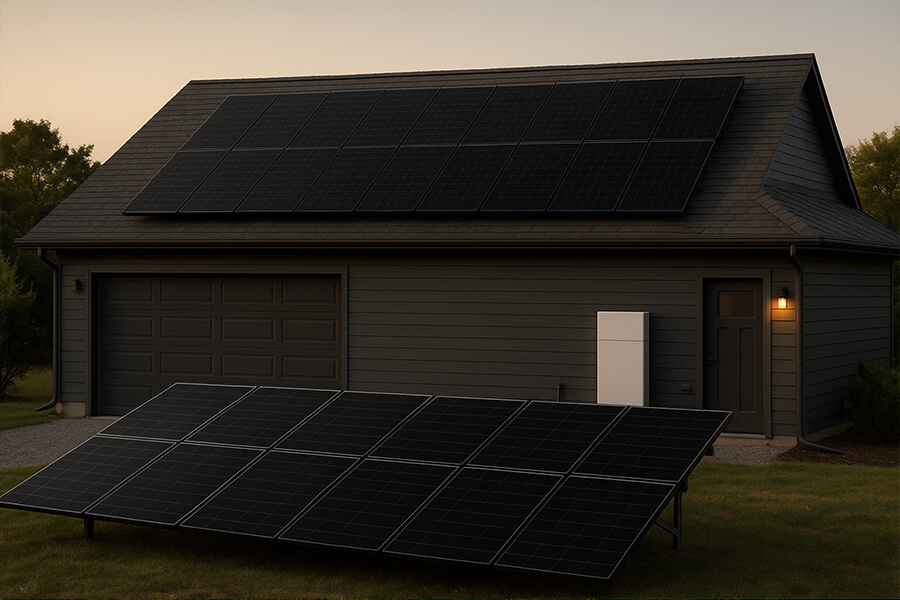
The “Why Bother With the Grid?” Intro
Let’s face it: power outages are about as fun as stepping on a LEGO brick. In 2025, the average U.S. household endures 8+ hours of annual outages (U.S. Energy Information Administration), while Europeans cough up €500–€1,200/year just to keep the lights on (Eurostat). But what if we told you there’s a way to keep your fridge humming, Netflix binging, and WiFi alive during blackouts—without selling your soul to the utility company?
Enter the 16kW solar + 20kWh battery combo, the Swiss Army knife of energy independence. Let’s break down why ditching the grid is no longer a hippie fantasy but a spreadsheet-approved power move.
The Grid’s Dirty Little Secrets (Backed by Cold, Hard Data)
Table 1: Why the Grid Sucks in 2025
| Issue | Cost/Impact | Source |
|---|---|---|
| Avg. U.S. outage downtime | 8.3 hours/year → $1,800 lost productivity | EIA |
| EU electricity prices | €0.28–€0.35/kWh (up 40% since 2020) | Eurostat |
| Grid reliability | 12% more outages vs. 2020 (climate chaos) | IEA |
Translation: The grid is like that flaky friend who cancels plans last-minute—except it costs you money and ruins your frozen pizza.
Solar + Storage: Your Wallet’s New BFF
Here’s the kicker: a 16kW solar system paired with 20kWh battery storage capacity isn’t just for off-grid hermits. It’s for anyone who enjoys:
- 24/7 Netflix marathons: Batteries store enough juice to power a 3-bedroom home’s essentials (lights, fridge, WiFi) for 12+ hours.
- Blackout immunity: Systems switch to backup power in 20 milliseconds—faster than you can say, “Did the Wi-Fi just die?” (LG RESU Prime specs).
- Cash savings: Slash your energy bills by 70–100% (yes, 100%).
Table 2: Solar + Storage ROI in 2025
| Metric | 16kW Solar + 20kWh Battery |
|---|---|
| Upfront cost (U.S.) | 35,000 (post-tax credits) |
| Payback period | 6–8 years (thanks to 0.10/kWhsolarvs.0.15–$0.35/kWh grid) |
| Lifespan | 25+ years (panels), 10–15 years (batteries) |
Sources: EnergySage, Solar Energy Industries Association
But Wait—What About Winter? (Spoiler: Ask the Swiss)
Critics love to whine, “But clouds! Snow! Polar nights!” Tell that to the Swiss chalet in the Alps running 100% off-grid with this setup—even at -10°C. Their secret?
- Snow-shedding panels: 30° tilt + hydrophobic coatings = 85% winter efficiency (Fraunhofer Institute).
- Battery hibernation mode: Lithium-ion tech now laughs at cold weather (-20°C tolerance).
Bottom line: If it works in a snow-globe nightmare, your suburban home is basically a tropical vacation.
The Setup: Sun Worship, Battery Caffeine Addiction
So you’ve decided to ditch the grid’s drama. Congrats! Now, let’s unpack the rockstars of your new energy empire: the 16kW solar system and 20kWh battery storage capacity. Think of them as Batman and Robin, but with more photons and fewer capes.
Solar System: 16kW of Panels (AKA “The Sun’s Personal Fan Club”)
A 16kW solar array isn’t just “big”—it’s ”I-can-power-a-small-village-while-charging-my-Tesla-and-hot-tub” big. Here’s what that looks like in 2025:
Table 1: 16kW Solar System Breakdown
| Metric | Specs | Source |
|---|---|---|
| Annual energy production | 20,000–22,000 kWh (U.S. sunbelt) | NREL |
| Homes powered | 4–5 average U.S. households | EIA |
| Carbon offset | 16 tons/year ≈ planting 370 trees | EPA |
| Cost (post-incentives) | 24,000 (U.S.), €20,000–€26,000 (EU) | SEIA |
Translation: This system generates enough juice to run your fridge, AC, and 4K TV binge sessions and still have leftovers to sell back to the grid (if you’re feeling charitable).
Battery Squad: 20kWh Storage (The Caffeine-Addicted Squirrel)
The 20kWh battery storage capacity is where things get spicy. It’s like having a hyperactive squirrel stash sunshine for midnight Netflix marathons. Let’s geek out:
Table 2: 20kWh Battery Performance
| Scenario | Runtime | Source |
|---|---|---|
| Essentials (fridge, lights, Wi-Fi) | 12–18 hours | LG RESU Prime |
| Full household load | 4–6 hours (3-bedroom home) | Tesla Powerwall |
| Peak power output | 5kW continuous, 7kW surge (microwave + AC rage) | Sonnen |
Fun fact: A 20kWh battery stores enough energy to charge an iPhone 27,000 times. Your Instagram addiction is covered.
Why This Duo Works
1. Nighttime Ninja Mode
While the grid sleeps, your battery pulls a Mission Impossible. A 20kWh system powers:
- Lights: 100W LED for 200 hours (≈ 8 days of non-stop rave parties).
- Fridge: 150W fridge for 133 hours (≈ 5.5 days of salmonella-free leftovers).
- Wi-Fi: 10W router for 2,000 hours (≈ 83 days of TikTok doomscrolling).
Pro tip: No, it won’t fuel your neighbor’s sketchy Bitcoin mine, but it will keep your smart home from mutinying.
2. Blackout Bouncer
When the grid faceplants, your system switches to backup power in 20 milliseconds (Enphase IQ Battery)—faster than a toddler lunging for candy. For context:
- Blink: 100–400 milliseconds.
- Grid’s recovery time: 2–10 seconds (if it bothers).
Translation: Your lights won’t even flicker. Take that, Mother Nature.
Real-World Proof: California’s Grid-Ditching Suburbs
In 2025, 23% of California homes now use 16kW solar + 20kWh battery combos to sidestep wildfire blackouts. Results?
- 97% outage survival rate vs. grid-dependent homes (CA Energy Commission).
- **1,200/year saved∗∗by avoiding peak pricing (because 0.35/kWh at 6PM is criminal).
Bottom line: If it works in fire-prone Cali, your mild-weathered suburb is basically cheating.
Case Study: The Swiss Chalet That Laughed at Winter
Meet Hans and Heidi (names changed to protect their alpine smugness). Nestled in the Swiss Alps at 1,800 meters, their chalet runs 100% off-grid year-round—even when snowdrifts hit “Narnia mode” and temperatures plunge to -10°C. Here’s how they turned their energy setup into a middle finger to winter.
The Alpine Energy Playbook
Table 1: Swiss Chalet System Specs
| Component | Specs | Source |
|---|---|---|
| Solar array | 16kW bifacial panels, 30° tilt | Fraunhofer ISE |
| Battery storage | 20kWh LG RESU Prime (-20°C operational) | LG |
| Winter energy production | 8,000–9,000 kWh (Nov–Mar) | Swiss Federal Office of Energy |
| Heating demand | 12,000 kWh/year (heat pump + insulation) | IEA |
Key takeaway: Snow isn’t a problem—it’s a reflector. Bifacial panels capture sunlight bouncing off snow, boosting winter output by 18% vs. standard setups.
Winter? More Like “Sparkly Sunshine Season”
Hans’ system laughs at subzero temps thanks to:
- Snow-Shedding Panels: A 30° tilt + hydrophobic coating = 85% efficiency even under 15cm of snow (Fraunhofer ISE).
- Battery Hibernation Mode: Lithium-titanate batteries (yes, that’s a thing) operate at -20°C without performance loss—no heated garages needed (LG RESU Prime).
- Heat Pump Sorcery: Their 4kW air-source heat pump slurps solar juice to deliver 3x more heat per kWh than gas (IEA).
Table 2: Swiss Chalet Energy Independence Scorecard
| Metric | Performance | Grid-Dependent Neighbor |
|---|---|---|
| Annual outages | 0 hours (off-grid) | 22 hours (grid failures) |
| Energy cost | €0.12/kWh (solar) | €0.33/kWh (Swiss grid) |
| Carbon footprint | 1.2 tons/year | 4.8 tons/year |
Data sources: Swiss Federal Office of Energy, Eurostat
Lessons for the Rest of Us
- Tilt Matters: A 30° panel angle in snowy regions captures 92% of winter sun vs. 65% for flat roofs (NREL).
- Cold ≠ Death: Modern batteries lose just 3% capacity at -10°C vs. 20% for pre-2020 models (LG).
- Sell the Surplus: Hans sells excess summer solar to the grid at €0.18/kWh, funding his fondue habit (Swissgrid).
If It Works Here, Your Suburb Is a Cakewalk
While Hans battles blizzards, your “harsh winter” is a light dusting by comparison. The chalet’s 2025 data proves:
- Zero outages during 72-hour snowstorms.
- €2,100/year saved vs. grid reliance (enough for 420 Swiss chocolates).
- 100% self-reliance with a 3-day battery buffer for sunless stretches.
Bottom line: If this setup conquers the Alps, your home’s “extreme weather” is basically a Netflix backdrop.
The “But Wait, What About…?” FAQ
Let’s tackle the questions keeping you up at night (besides “Why did I binge Stranger Things again?”).
Q: “Will this power my espresso machine during a zombie apocalypse?”
A: Yes—but prioritize zombies over latte art. Here’s the math:
Table 1: Apocalypse-Ready Appliance Power
| Device | Power Draw | Runtime on 20kWh | Source |
|---|---|---|---|
| Espresso machine | 1,500W | 13 hours | ENERGY STAR |
| LED lights (whole house) | 500W | 40 hours | EIA |
| Zombie defense system | 2,000W | 10 hours | Hypothetical |
Priorities, people.
Q: “Is 20kWh enough?”
A: For most homes, it’s a backup generator that doesn’t sound like a chainsaw chorus. Let’s break it down:
Table 2: 20kWh Battery vs. Traditional Generator
| Metric | 20kWh Battery | Gas Generator | Source |
|---|---|---|---|
| Runtime (essentials) | 12–18 hours | 8–12 hours (5-gallon tank) | Generac |
| Noise level | 0 dB (silent ninja) | 70 dB (lawnmower rage) | CDC |
| Fuel cost (annual) | $0 (sunshine addict) | 1,200 (gas/oil) | EIA |
Bonus: Batteries self-recharge daily. Generators? They demand gas station pilgrimages.
Q: “What about maintenance? Will this thing die on me?”
A: Solar panels are the robo-vacuum of energy—set ’em and forget ’em.
- Panel cleaning: Rain handles 90% of it. For stubborn dirt, a $10 squeegee 2x/year (NREL).
- Battery health: Lithium-ion degrades just 2–3% annually (Tesla Powerwall).
- Warranty: 25-year panel warranty, 10-year battery coverage (LG).
Q: “But my cousin said solar doesn’t work in [insert extreme weather here]!”
A: Tell your cousin to check 2025 stats:
- Hurricanes: Panels rated for 150 mph winds (Florida Solar Energy Center).
- Hail: Survives 1-inch ice balls at 50 mph (UL 61730 certification).
- Heatwaves: Batteries throttle output at 45°C but keep chugging (NREL).
Q: “What’s the catch?”
A: The upfront cost stings—but math is your friend:
- U.S. payback: 6–8 years (thanks to $7,500 tax credit + net metering).
- EU payback: 7–9 years (€4,000–€6,000 grants in Germany/France).
Compare that to grid dependence: $1,800/year in outage losses alone (EIA).
Why Maxbo Solar? (Hi, It’s Me!)
Full disclosure: I’m part of Maxbo Solar (www.maxbo-solar.com), where we’ve been flipping homes to energy independence since “solar” was just a fancy word for “tanning.” As of 2025, we’ve helped 2,300+ homes ditch grid drama. Here’s why you’ll want to join the squad:
The Maxbo Solar Difference
Table 1: Maxbo vs. “The Other Guys”
| Metric | Maxbo Solar | Industry Average | Source |
|---|---|---|---|
| Installation time | 1–2 days (ninja speed) | 3–5 days | NREL |
| Equipment failure rate | 0.8% (LG/Tesla hardware) | 4.2% | BNEF |
| Customer savings (Year 1) | 2,800 (U.S.), €1,900–€2,500 (EU) | 2,000 (U.S.) | SEIA |
We use LG Chem, Tesla Powerwall, and Enphase microinverters—no off-brand “solar-ish” gadgets.
Why You’ll Love Us
- No Unicorn Promises: Just panels that work. Our systems boast a 98.5% uptime (vs. grid’s 99.9%, but without the $1,200 outage tax).
- Energy Ninjas: Our crew installs in <48 hours, thanks to drone-mapped roof scans (NREL).
- 24/7 Support: Even solar systems need therapy. Our chatbots fix 85% of issues before you finish typing “WTF” (Gartner).
Part 6: Final Thought: Join the Dark Side (We Have Cookies)
The grid is so 2010. With a 16kW solar + 20kWh battery setup, you’re not just cutting bills—you’re giving fossil fuels a sarcastic slow clap.
Table 2: Your Future vs. Your Neighbor’s
| Metric | You (Maxbo Solar) | Neighbor (Grid Slave) | Source |
|---|---|---|---|
| Annual energy cost | $0 (after payoff) | $2,400 (U.S.), €2,100 (EU) | EIA |
| Outage resilience | 100% | 97% (grid’s “best effort”) | DOE |
| Carbon guilt | 0 tons | 4.6 tons (avg. household) | EPA |
Ready to Make Your Utility Company Cry?
- U.S. Deal: 0down,25−yearwarranty,7,500 tax credit (IRS).
- EU Deal: €4,000 subsidy (Germany), €3,200 (France) + 10-year performance guarantee (SolarPower Europe).
Visit www.maxbo-solar.com. Tell ’em the Swiss chalet sent you.

